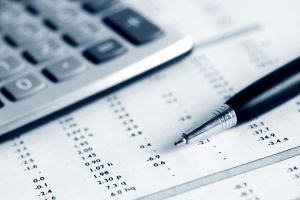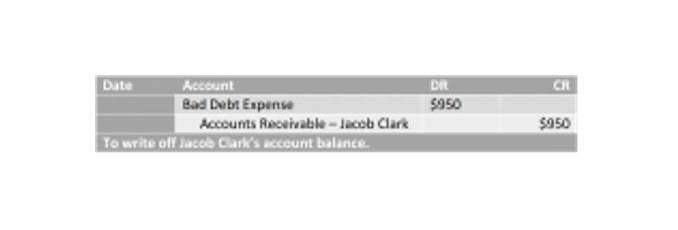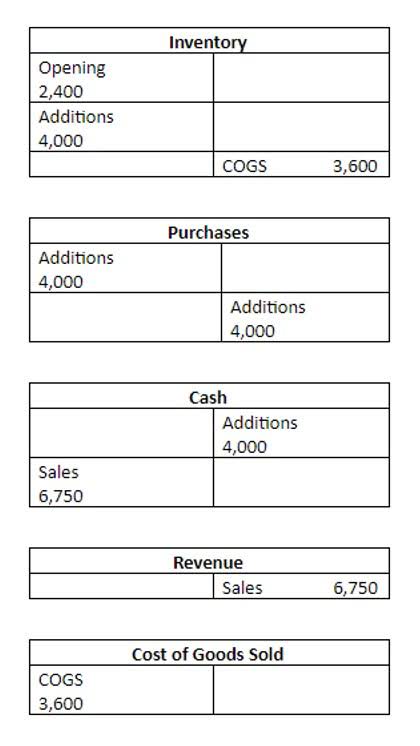
These current assets on your balance sheet serve as a key indicator of its financial health and liquidity, directly impacting your operating cycle. Payment Links can also be embedded into invoices created through your accounting software, speeding up your collections. With Airwallex’s Xero Invoice Payments integration, customers can pay invoices instantly using their preferred method, including credit cards, Apple Pay, and Google Pay. This reduces reliance on manual bank transfers, speeds up collections, and improves cash flow.

Processing customer payments and credits
While both of these accounts deal with money owed, there are significant differences between the two. In summary, accounts receivable are what a company is due to receive from its customers, while accounts payable are what a company owes to its suppliers. These two components are integral to a company’s working capital management, with the goal of optimizing cash flow and financial stability. Accounts receivable refers to money owed to your business, but it’s not the same as revenue. In accrual accounting, revenue is recorded assets = liabilities + equity when goods or services are delivered, even if the customer hasn’t paid yet.
- They should also have clear policies and procedures for issuing invoices, following up on overdue payments, and handling disputes.
- The accounts receivable balance represents the total amount of money a business is owed for goods or services provided but not yet paid for.
- If the terms of the agreement allow for it, a note receivable may allow the seller to attach the assets of the customer and gain payment by selling the assets.
- When an entity makes a sale and agrees that the customer pays at a later date, the company will issue an invoice with payment terms.
- Accounts payable are funds typically related to goods or services used, which don’t carry interest.
- At a high level, an accounts receivable clerk links the finance department with sales and operations, making sure that the goods and services provided to customers become actual cash flow.
Key Parts of Accounts Receivable Management #
- The average AR days measure is an important part of forecasting changes in non-cash working capital in financial modeling.
- This is an especially useful tactic when a competitor decides to reduce the amount of credit offered, so that a firm offering more credit is in a good position to attract them.
- Until the customer pays, the amount remains as accounts receivable on the company’s balance sheet.
- A company with a high amount of Account Payable and low amount of Account Receivable may indicate financial difficulties.
This process follows the principle of double-entry bookkeeping, where two accounts are always affected—one debited and one credited. Accounting software automates invoice tracking, sends reminders, generates aging reports, and integrates with payment gateways. This reduces manual work, prevents errors, and improves overall cash flow management. When a company gives credit to its customers, it lets them get goods or services right away. Accounts receivable is the amount of money that a company is owed by its customers for goods or services that have been provided but not yet paid for.

Tips for improving A/R management
This action increases the business’s outstanding balance, reflecting the amount owed by the customer. At the same time, the business credits sales revenue, acknowledging the income earned from the sale of goods. When a business makes a credit sale, it records the transaction through an accounts receivable journal entry.

The easiest way to deal with this is to write off the debt as uncollectable. When you know that a customer can’t pay their bill, you’ll change the receivable balance to a bad debt expense. When recording Restaurant Cash Flow Management accounts receivable, you want to post the revenue in the month you earn it.
Generating AR reports and analytics
When the seller receives a cash payment from the customer, what does accounts receivable mean the entry is a debit to the cash account and a credit to the accounts receivable account, thereby flushing out the receivable. A strong accounts receivable (AR) process keeps cash flow steady and operations running smoothly. But manual invoicing, payment tracking, and collections slow businesses down.
What does accounts receivable mean and how does it work?
Payments are automatically reconciled within your accounting platform, eliminating manual tracking and ensuring a well-functioning AR process. When you receive a payment, it’s important to apply it correctly to the customer’s outstanding balance. This process can be time-consuming, especially with a high number of transactions.
- Company bookkeeping may require your firm to post dozens of receivable transactions each week.
- To calculate it, divide your net sales by the average AR balance for a specific period.
- This post covers everything you need to know, whether you’re expanding your company’s finance and accounting team or thinking about becoming an accounts receivable professional yourself.
- The accounts receivable classification is also comprised of non-trade receivables, which is a catchall for any other type of receivable.
- If a customer is very late in paying, you don’t need to jump straight to writing the money off.
- The accounts receivable aging report breaks down your outstanding invoices by how old they are.

If a company aggressively extends credit or mismanages receivables, it may overstate its sales and profits. This can mislead stakeholders about the true financial health of the business. A seller may find that its customers cannot pay their receivable balances when due, in which case an option is to convert these receivables into notes receivable. In a notes receivable arrangement, the customer agrees to a specific repayment schedule, typically with an interest charge added on. If the terms of the agreement allow for it, a note receivable may allow the seller to attach the assets of the customer and gain payment by selling the assets.

